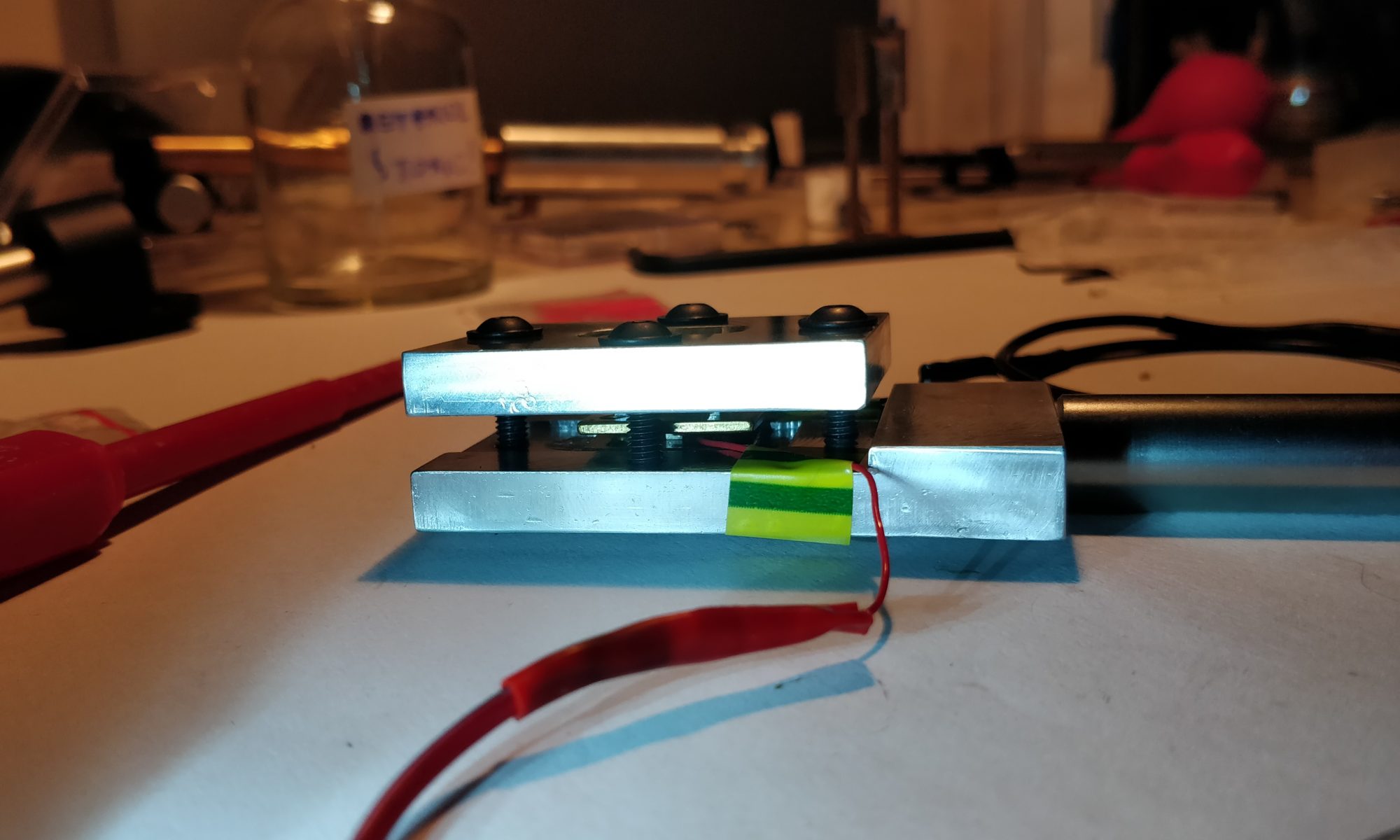![]()
Exciton-polaritons (hereinafter referred to as polaritons) are unique quantum particles formed as a result of a strong coupling between light and matter. The interaction between these two entities occurs in specially designed structures that allow the trapping of both the photon and the exciton. Polaritons are particularly interesting due to a number of features obtained from their components. In particular, they have a small effective mass, allowing them to be located in potential traps of the size of the order of micrometers. In addition, they inherit spin properties and the ability to interact from the exciton component. Moreover, they undergo Bose- Einstein statistics thus they can form a condensate creating a single macroscopic quantum state. All the above-mentioned features will be fully used in the proposed project.
The properties of excitonic polaritons can be modified by changing their photonic and excitonic content. In particular, the more „photonic” polariton will have a greater ability for localization but will have weaker interactions with the polaritons in its neighborhood. However, it is possible to introduce additional properties into the system at the moment of structure growth. A unique treatment used at the University of Warsaw is the introduction of a small amount of magnetic ions during the growth what results in creation of the so-called semi-magnetic semiconductor. In this construction, polaritons acquire magnetic properties unobserved in non-magnetic samples. An undoubted advantage of such an operation is the enrichment of the system with spin interactions.
Our project is based on studies of non-linear spin-dependent interactions and their use to build a XOR logic gate. Implementation of the logic gate is equivalent with solving classification data problem manifesting linear inseparability. This means that there is no linear system that will allow such a gate to be created. However, it is possible to use nonlinearities, which are an integral part of polaritonic systems. The presence of non-linear interactions will allow to create a method that gives large efficiency while solving the problem of linear inseparability and to create a XOR logic gate. Additionally, this will confirm that any logic gate can be implemented on the proposed system. Unique spin properties will allow to reduce the system simulating the XOR gate to a single condensate excited with two oppositely polarized excitation beams. The spin, especially pronounced in our present in the system, will introduce an additional degree of freedom and will significantly simplify the experiment.
The proposed research will give better understanding of polaritonic systems in terms of non-linear interactions and spin properties. In addition, it will allow to create the first system implementing any logic gate. Results of this project will form the basis for the creation of a neural network on polariton systems.

